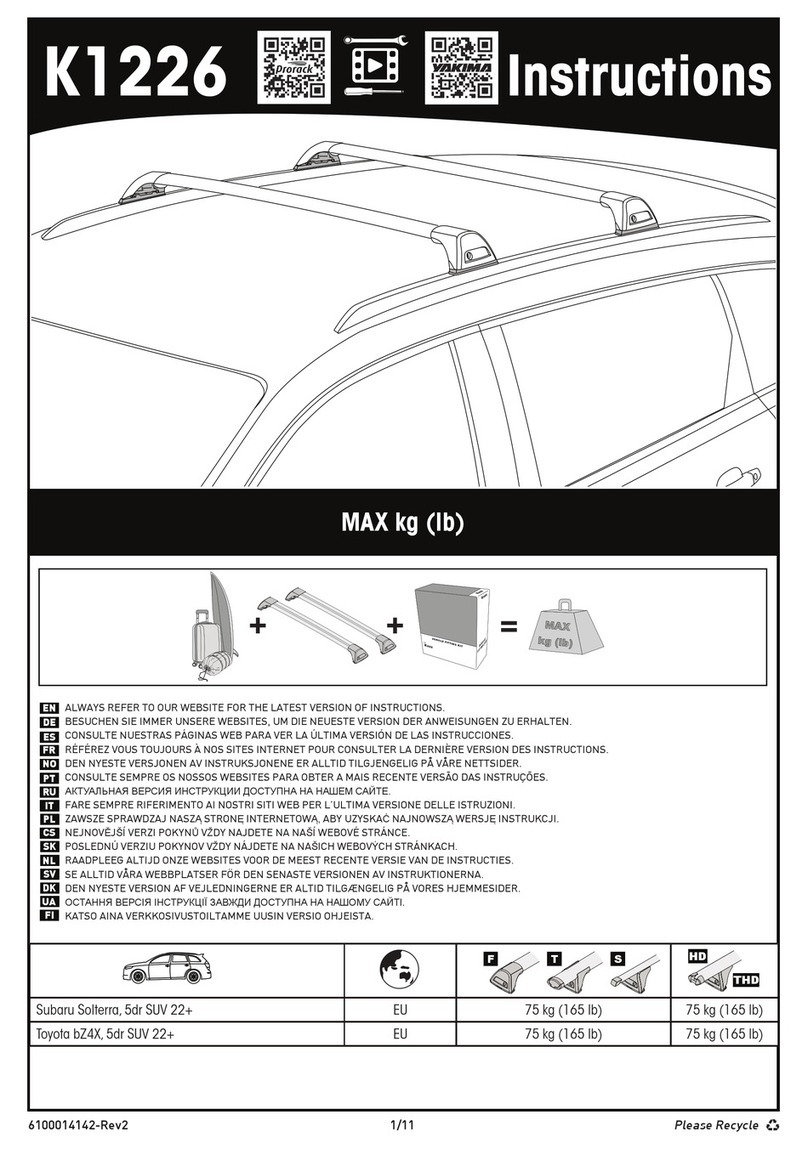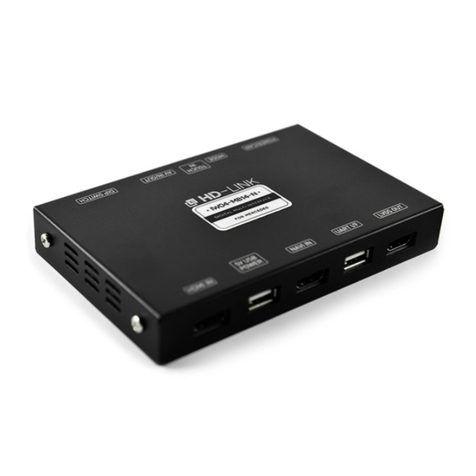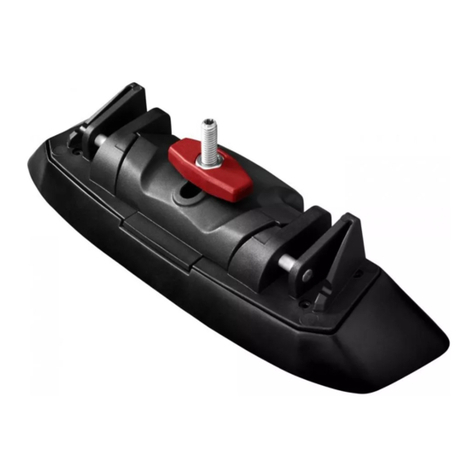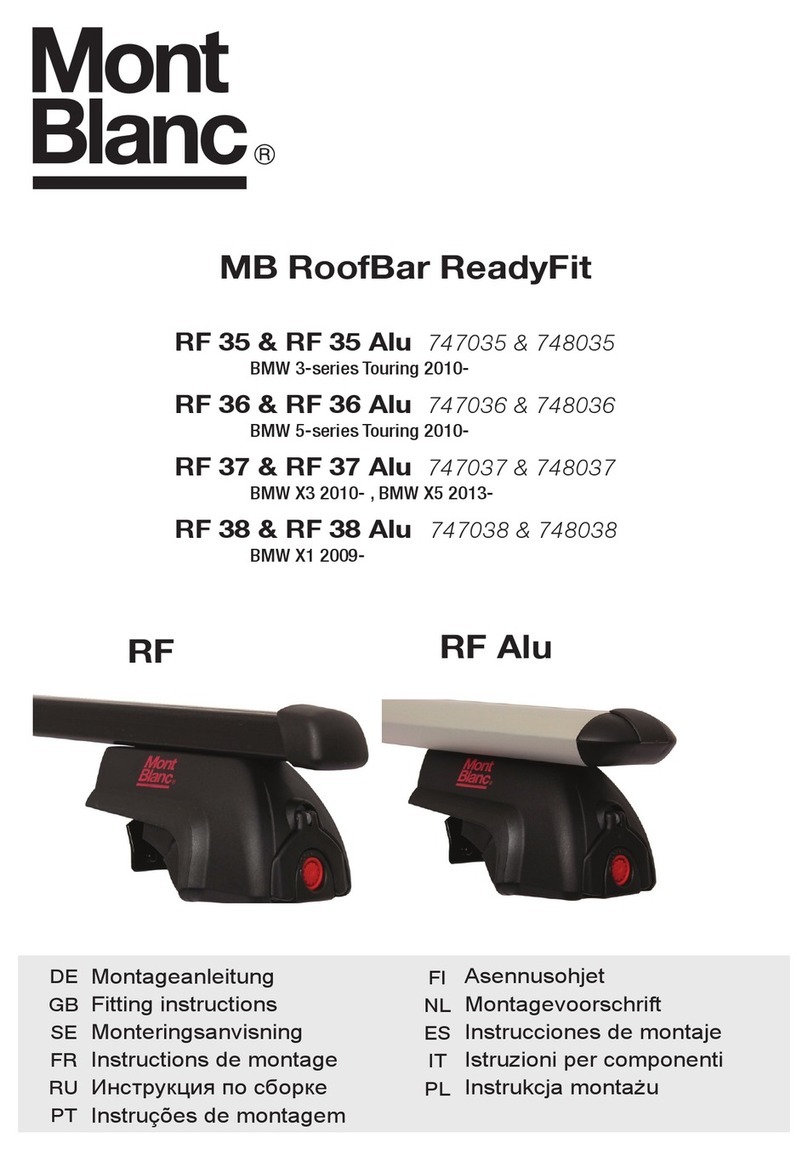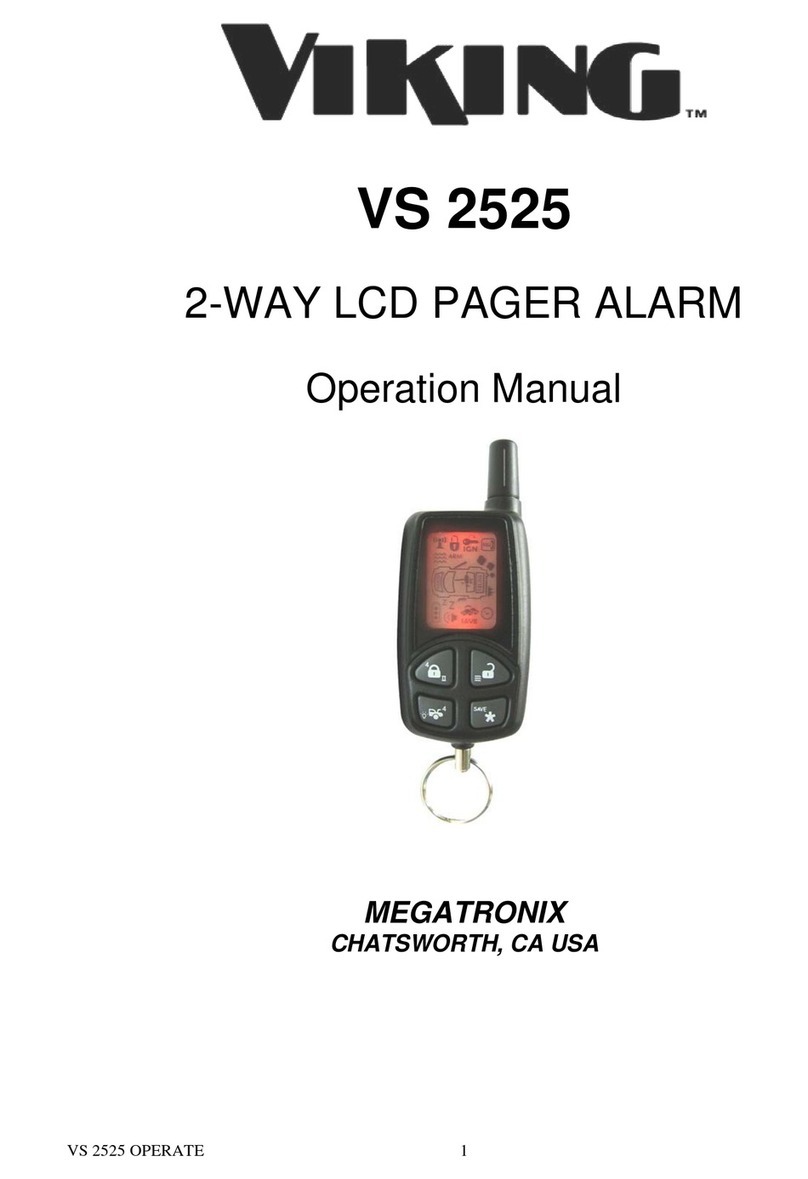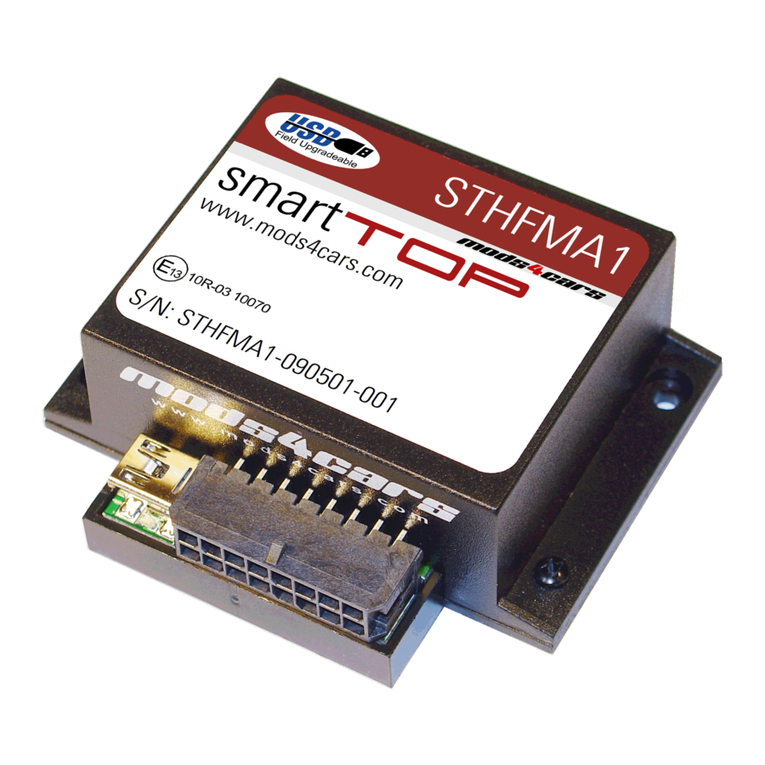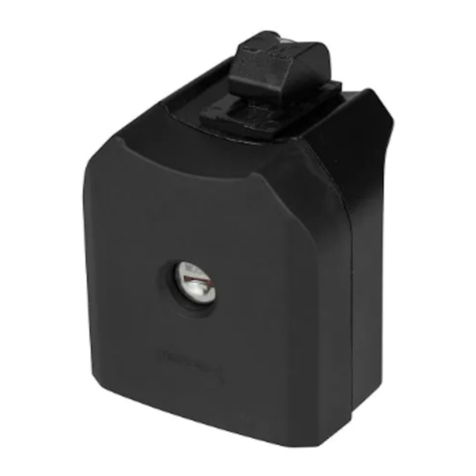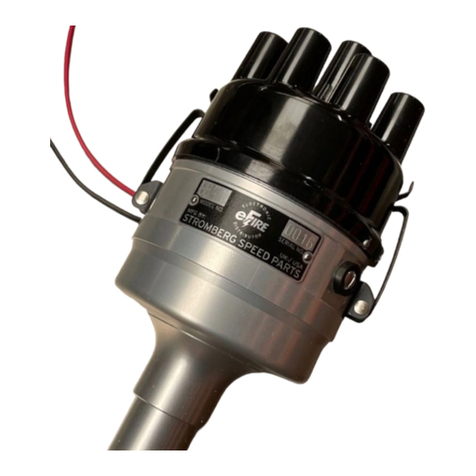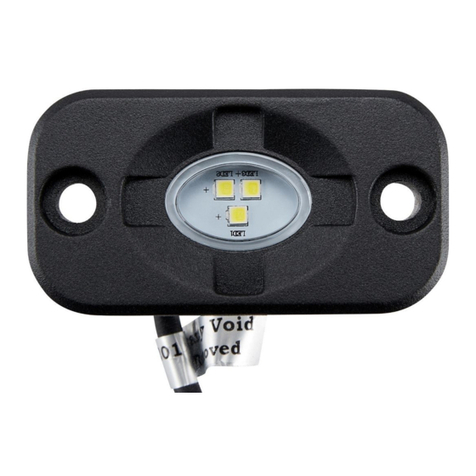
KE 680
HIDDEN ALARM FUNCTION: Press the button first; within 3 seconds press the button to
activate the hidden alarm function. The security system will arm and with “Hidden Alarm Function”. The
siren / horn will be silenced even if the sensor is triggered in the armed status.
G. PASSIVE ARMING: (See Feature “II - 2” Programming):
Active arming / disarming will allow you to control your security system via the remote transmitter. This
security system is equipped with an optional Passive Arming feature, which allows the security system to
arm 30 seconds after the last door is closed. Operation is as follows.
1. Turn the ignition to the “OFF” position and exit the vehicle.
2. After all entrances are closed, the security system LED will flash fast for 30 seconds. If you reopen any
door / hood / trunk, the security system LED will stop flashing. It will begin flashing again once the
vehicle all entrances are closed.
3. After 30-second time has elapsed, the security system will automatically “ARM”. The siren will chirp [1]
time and the parking lights will flash [1] time and remain on for 10-seconds.
PASSIVE DOOR LOCKING: (See Feature “II - 2” Programming): The vehicle doors will automatically
lock after passive arming cycle has been completed.
PASSIVE ARMING BY-PASS: While system disarmed, press button twice and system will
respond with [1] chirp and LED will turn “ON”. System will remain in this temporally state for as long as
you wish. To exit passive bypass, press transmitter or button and system will return to normal.
H. ACTIVE DISARMING –UNLOCK & DISARM:
1. Press button on the transmitter.
2. The siren will chirp twice and parking light will flash twice and then remain on for 30 seconds indicating
that the security system is now disarmed. The vehicle doors will unlock and dome light wills turns on for
30 seconds upon disarming when interfaced with the security system.
TAMPER DISARM: If alarm triggered, upon disarm system, siren chirp 4 times, parking light flash 3 times.
TWO STEP DOOR UNLOCK: This feature unlocks drives door only when disarming the system. Pushing
the button on the transmitter a second time within 3 seconds will unlock entire vehicle.
AUTOMATIC RE-ARM (See Feature “I - 2” Programming): If this feature is selected, the security system
will automatically re-arm itself 60 seconds after disarming with remote transmitter. Automatic rearm will
cancel if any door is opened before the 60 seconds timer has elapsed.
I. DISARMING WITHOUT A TRANSMITTER:
OVERRIDE THE ALARM WITHOUT PASSWORD PIN CODE: (Factory Default Setting):
The Override function may be used if the remote transmitter is lost or inoperative.
1. Enter the vehicle and turn the ignition switch to 'ON’ position. (Alarm will sound.)
2. Within 10 seconds push and release the valet switch. Alarm will stop sounding and enter the disarm
mode. You can now start and operate the vehicle normally.
OVERRIDE THE ALARM WITH PASSWORD PIN CODE: (See Alarm Feature IV - 2Programming):
Unlike valet switch easily found, and defeated, this security system allows the consumer to program a
password pin code, offering a higher level of security.
1. Enter the vehicle and turn the ignition switch to the 'ON’ position. (Alarm will sound.)
2. Within 5 seconds, enter your chosen first 10ths digit by pressing and releasing the valet switch.
3. Within 15 seconds of the last entered 10ths digit, turn the Ignition switch “OFF” then “ON”.
4. Within 15 seconds, enter your chosen second 10ths digit by press and release the valet switch.
5. Turn the ignition switch “OFF” position.
[4] Chirps form siren/horn, [3] flash from parking light and LED will turn off to indicate system disarmed.
Note 1: You must override the alarm within 60 seconds. If not, the system will automatically re-arm.
EXAMPLE: To override the system with the password code 83, you would;
1. Enter the vehicle and turn the ignition switch to 'ON’ position. Alarm will sound.
2. Within 5 seconds, press and release the valet switch 8 times
3. Within 15 seconds of the last entered 10ths digit, turn the Ignition Switch “Off” then “ON”.
4. Within 15 seconds, press and release the valet switch 3 times
5. Turn the Ignition Switch to “Off” position.
[4] Chirps form siren/horn, [3] flash from parking light and LED will go off indicating system was disarmed.
J. VALET MODE: (System in Disarm or Valet mode):
The valet switch allows you to temporarily bypass all alarm functions, eliminating the need to hand your
transmitter to parking attendants or garage mechanics. When the system is in valet mode, all alarm
functions are bypassed, however the remote panic feature and remote door locks will remain operational.
To use the valet mode, the system must first be disarmed either by using your remote transmitter, or by
operating the Manual override sequence.
Enter Valet Mode:
1. From the disarmed condition, turn the ignition to the “ON” position.













